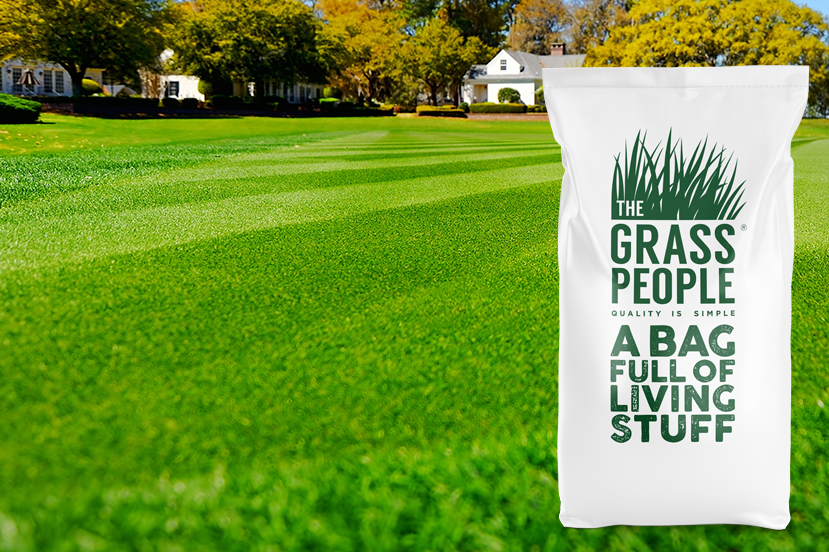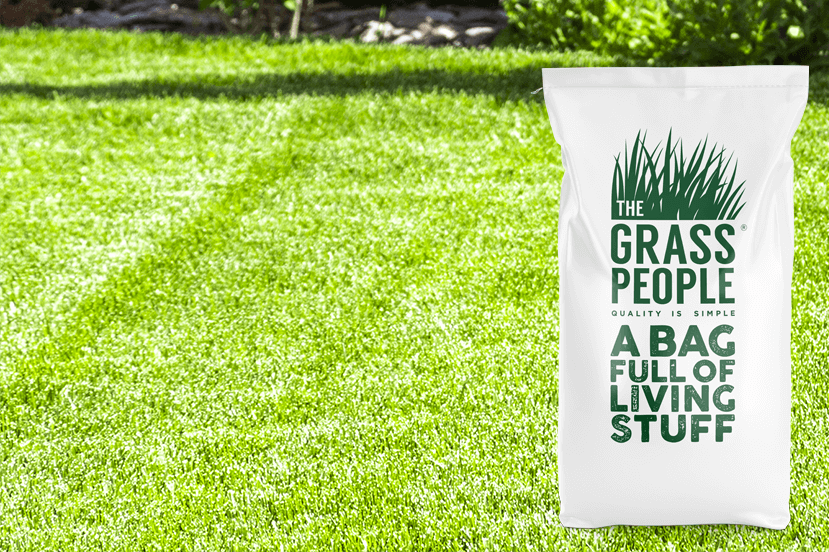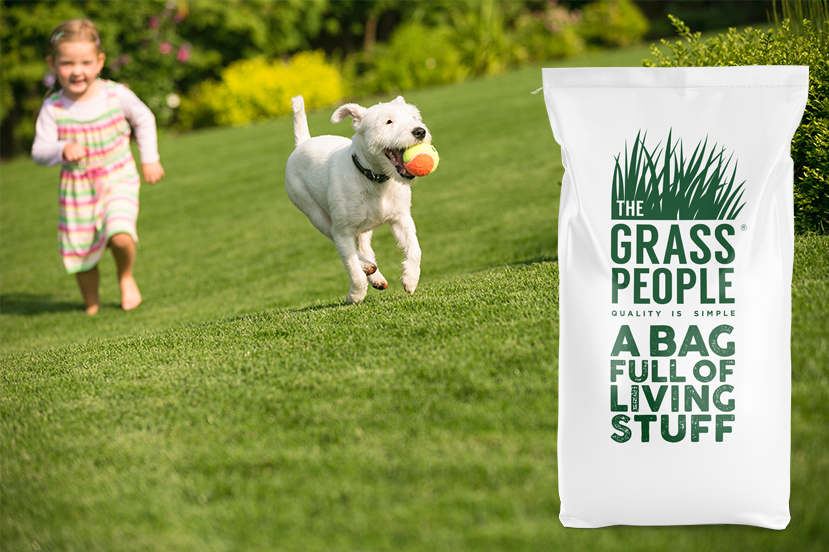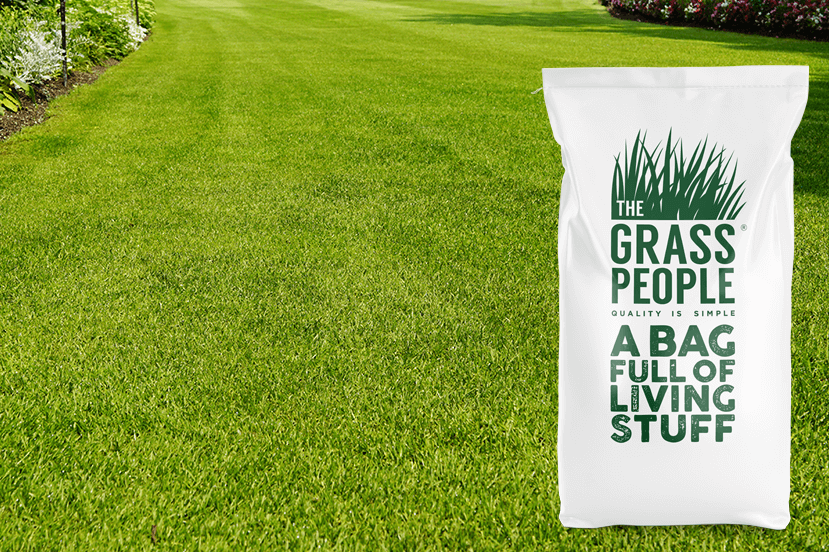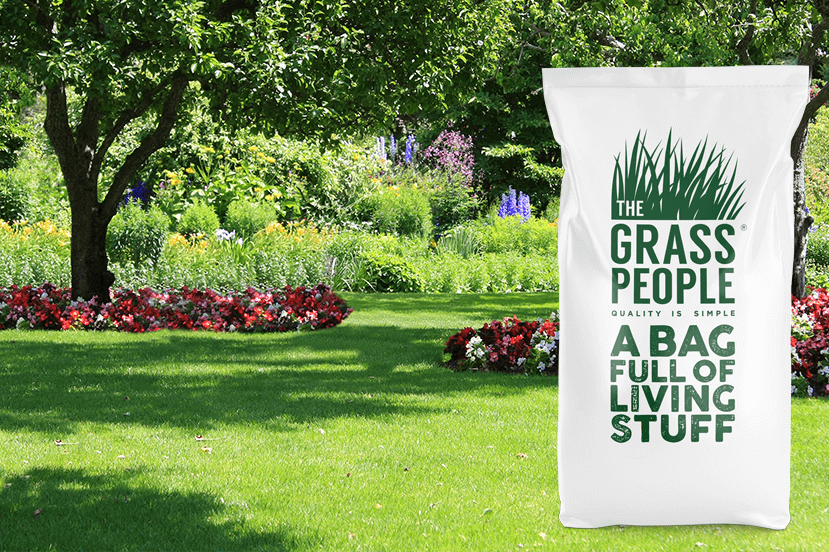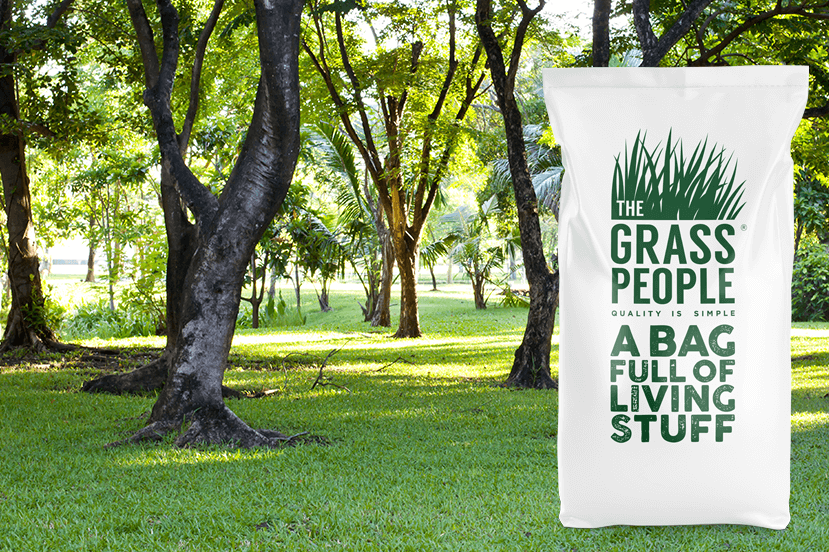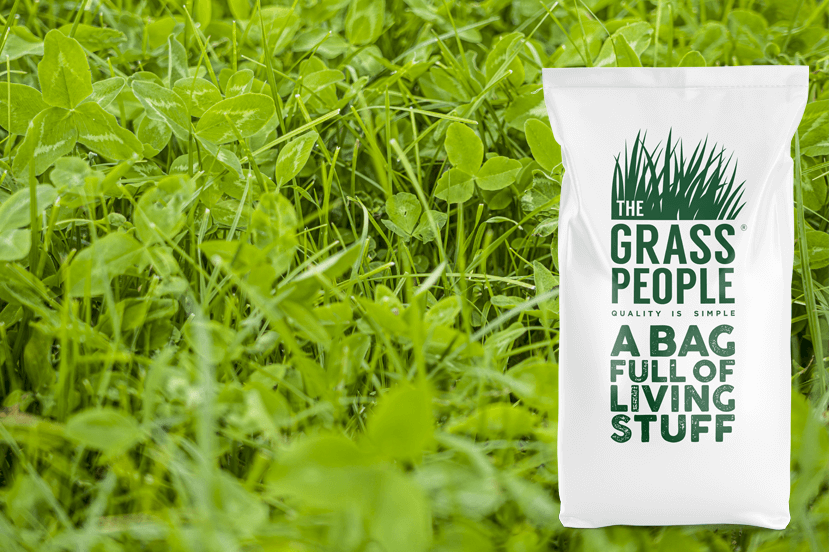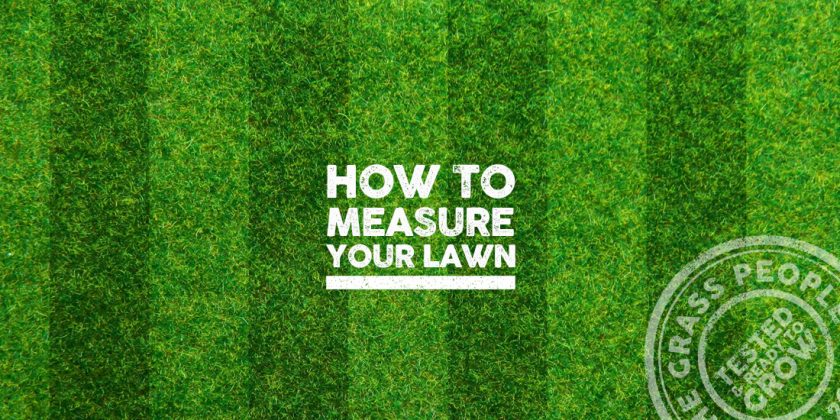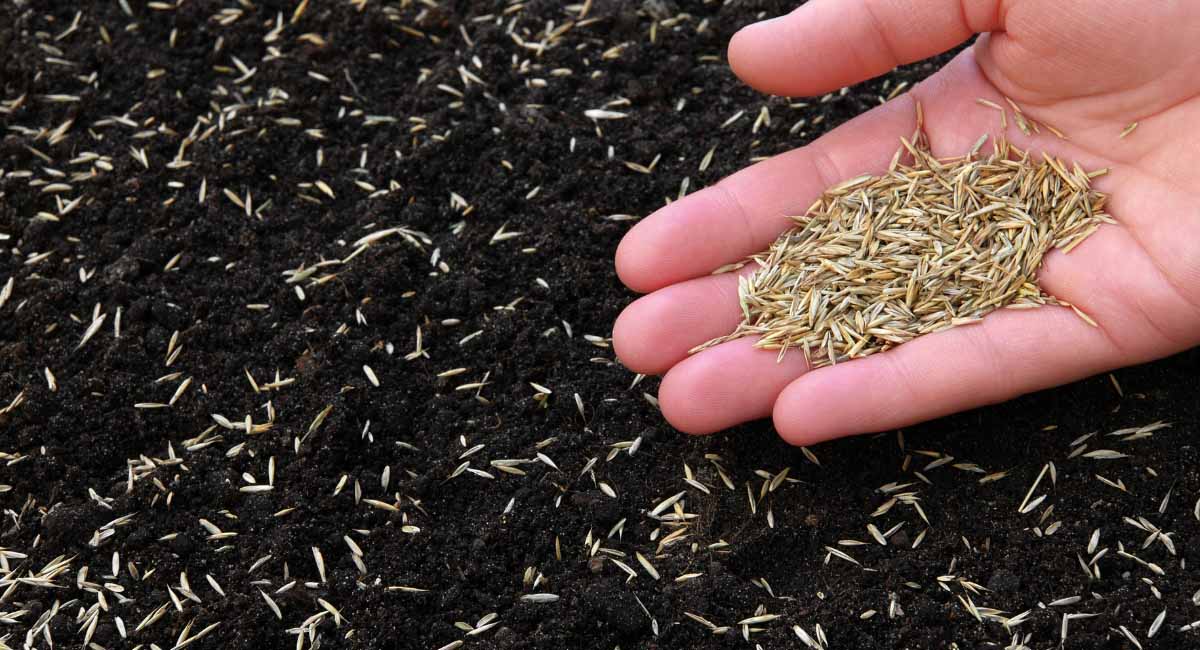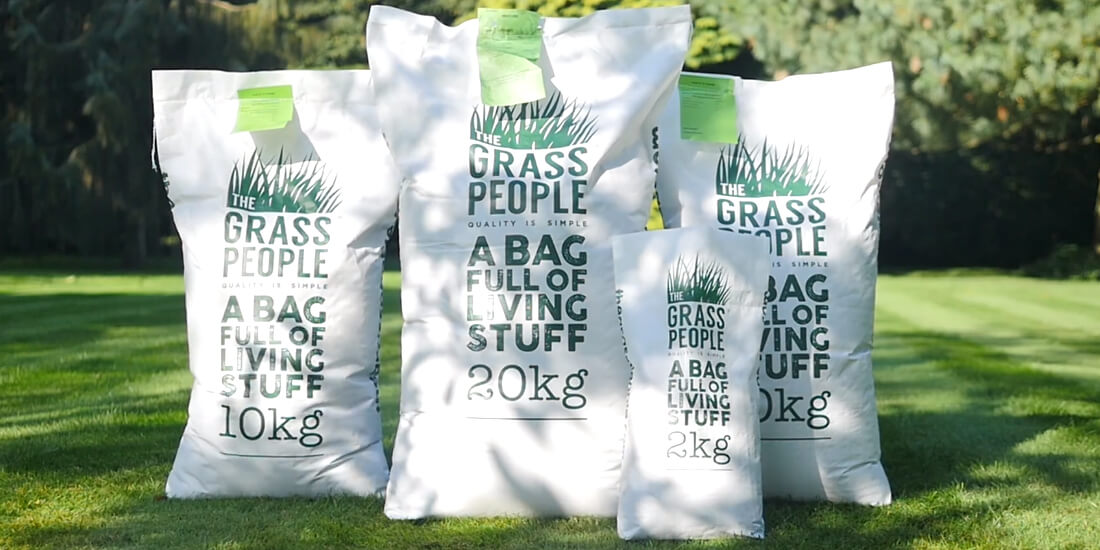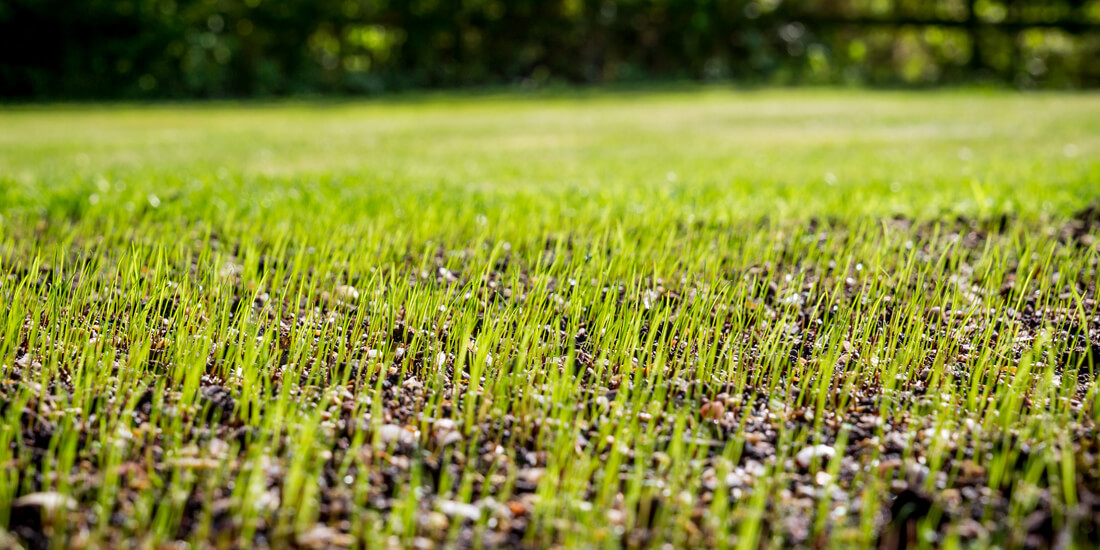When to plant grass seed

You want to plant grass seed when the soil is moist and warm and while the temperatures are not so hot that they affect the growth of your lawn, meaning the best time to plant grass seed is in spring and early autumn.
With Spring and Autumn providing the best conditions for growing grass seed, we break down things you need to know to ensure you get the best growth from your garden lawn.
Things to consider when you plant grass seed
The most important factor to consider when you plant grass seed is the temperature of the soil. As a guide, you want temperatures to be at a constant 8-10°C day and night, as temperature drops during the evening can affect how your grass grows. This is why choosing spring or autumn is best, as it provides the ideal conditions for growing grass seed, which means less work for you when watering your new lawn.
What grass seed needs to grow
The four things grass seed needs to grow:
- Heat – Constant 8-10°C temperatures to warm the soil and assist germination.
- Water – constant access to moisture for the first six weeks to help the grass grow.
- Air – Grass is a living thing and needs air to breathe.
- Light – for photosynthesis, feeding the seeds and giving them access to nutrients.
Depending on what part of the country you are from, the conditions for grass growth are likely to fall at slightly different times, but generally, spring and autumn offer the best combination of warmth and moisture. If you are waiting for weather conditions to become more favourable, you can give your seeds a helping hand by preparing the perfect seedbed!
What if your lawn is shady?
If your lawn is not looking its best due to a lack of sunlight – don’t panic! Grass seed can still grow without direct sunlight, so choosing the best grass seed is important because it takes some special seeds. We have created two specialist shade mixes, STEADFAST Shade and STEADFAST Ultra shade, that can still get all the nutrients they need without access to direct sunlight.
STEADFAST: Shade
Grass Seed for Partial / Dappled Shade

If your lawn suffers from patches caused by shade from trees and fences, this specific mix is perfect for creating a hard-wearing, shade-tolerant lawn that can handle dappled shade – areas where there is a mixture of shade and sun throughout the day. When mixed with our SUPERSTAR: Back Lawn, you can achieve a vibrant, green lawn while filling in any patches that would be caused by shadows being cast on your lawn.
STEADFAST: Ultra Shade
Grass Seed for Blocked shade
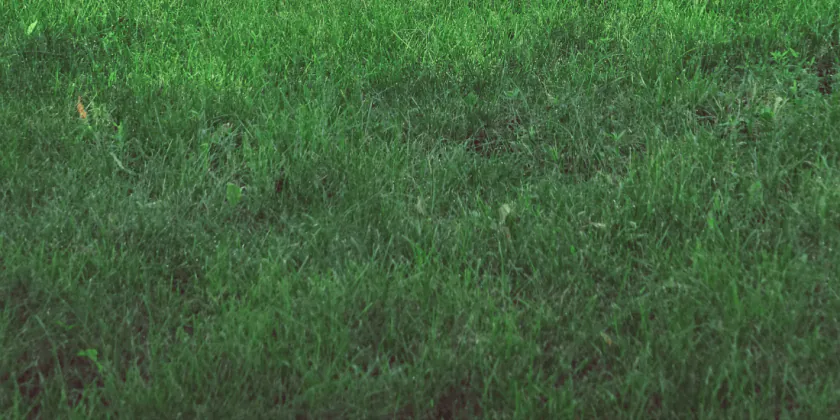
Suppose your lawn struggles because of walls and high-rise fences blocking the sun or is suffering from low-light areas. In that case, the exceptionally shade tolerant super species of Poa Supina in this mix will grow in areas of your lawn that are in permanent shade, making this the ultimate solution for growing grass seed in no / low light areas of your lawn.
Both these mixes contain fescues, meaning you should plant them when the weather is warmer as they require temperatures of around 15°C to germinate.
Which is best for growing grass seed – Spring or Autumn?
Most people consider spring the best time to plant your grass seed because you benefit from an entire season of ideal temperatures to help your seeds establish, but much is to be said about holding off and sowing your seeds in autumn. Weeds will be less of a problem as the ideal conditions for them to thrive start to wind down. The extra rain we get in autumn will make it easier to keep your seeds watered while they grow, and the soil temperatures will still be high from the summer heat.
As temperatures continue to soar during our British summertime, the risk of hosepipe bans grows. An autumn sowing will prevent your grass from scorching from the summer heat and avoid the risk of cutting your newly established lawn off from water because of a hosepipe ban. If you have sown in spring or find yourself struggling with navigating hosepipe bans, find out how to care for your lawn when a hosepipe ban strikes!
Autumn sowing will also allow your lawn to get ahead by establishing a solid rooting system over winter, having your lawn ready to handle the dry spells of summer – you will also be able to sit back, relax and enjoy your lawn when the warm weather returns!
